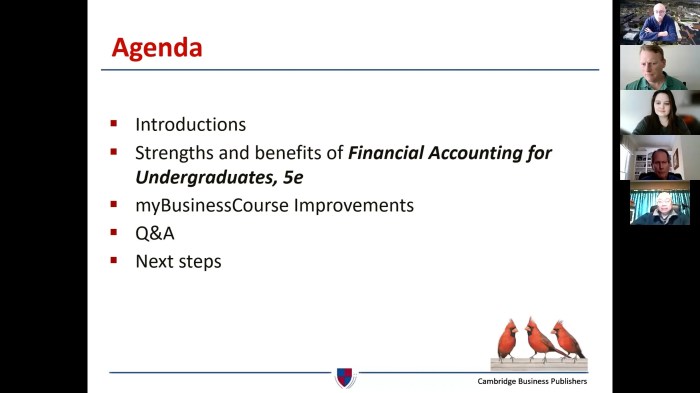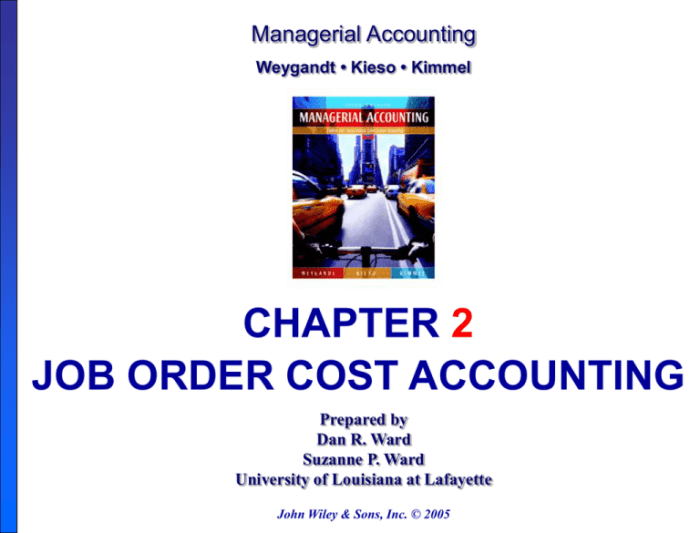Financial Accounting for Undergraduates 5e presents a comprehensive and engaging exploration of the core concepts and principles of financial accounting. Designed specifically for undergraduate students, this textbook provides a clear and accessible introduction to the essential elements of financial reporting, empowering students with the knowledge and skills they need to succeed in their academic and professional endeavors.
Throughout the book, students will delve into the fundamental concepts of financial accounting, including assets, liabilities, equity, revenue, and expenses. They will gain a thorough understanding of the accounting equation and its significance in understanding financial statements. Real-world business transactions are used to illustrate how financial accounting principles are applied in practice, providing students with a practical perspective on the subject matter.
Core Concepts and Principles of Financial Accounting: Financial Accounting For Undergraduates 5e

Financial accounting provides the foundation for understanding the financial health and performance of organizations. It involves recording, classifying, and summarizing financial transactions to provide information that is useful for decision-making. The fundamental concepts of financial accounting include assets, liabilities, equity, revenue, and expenses.The
accounting equation, Assets = Liabilities + Equity, is the cornerstone of financial accounting. It represents the relationship between the resources owned by a company (assets), the obligations it owes (liabilities), and the residual interest of the owners (equity). This equation ensures that the total value of a company’s assets is always equal to the sum of its liabilities and equity.Financial
accounting principles, such as accrual accounting and the matching principle, are applied to ensure the accurate and timely recording of financial transactions. These principles help to provide a true and fair view of a company’s financial position and performance.
Financial Statement Analysis

Financial statements, including the balance sheet, income statement, and statement of cash flows, provide a comprehensive overview of a company’s financial health. By analyzing these statements, investors, creditors, and other stakeholders can assess a company’s liquidity, profitability, and solvency.Financial ratios, such as liquidity ratios, profitability ratios, and solvency ratios, are useful tools for evaluating a company’s financial performance and position.
These ratios can be used to compare a company to its peers, track its progress over time, and identify potential areas of concern.
Accounting Cycle and Reporting

The accounting cycle is a series of steps that are followed to record, process, and report financial transactions. It involves the following stages:
- Recording transactions in a journal
- Posting transactions to a ledger
- Preparing a trial balance
- Adjusting entries
- Preparing financial statements
- Closing the books
Internal controls are essential for ensuring the accuracy and reliability of financial reporting. They provide a framework for preventing and detecting errors and fraud. Ethical considerations are also important in financial accounting, as accountants have a responsibility to report financial information fairly and without bias.
Expert Answers
What are the key concepts covered in Financial Accounting for Undergraduates 5e?
Financial Accounting for Undergraduates 5e covers the core concepts of financial accounting, including assets, liabilities, equity, revenue, and expenses. It also discusses the accounting equation and its significance in understanding financial statements.
How is financial accounting used in real-world business transactions?
Financial accounting principles are used to record, classify, and summarize financial transactions in a way that provides information about a company’s financial performance and position. This information is used by investors, creditors, and other stakeholders to make informed decisions.
What are the different types of financial statements?
The three main financial statements are the balance sheet, income statement, and statement of cash flows. The balance sheet provides a snapshot of a company’s financial position at a specific point in time, while the income statement shows a company’s financial performance over a period of time.
The statement of cash flows shows how a company’s cash is being used.